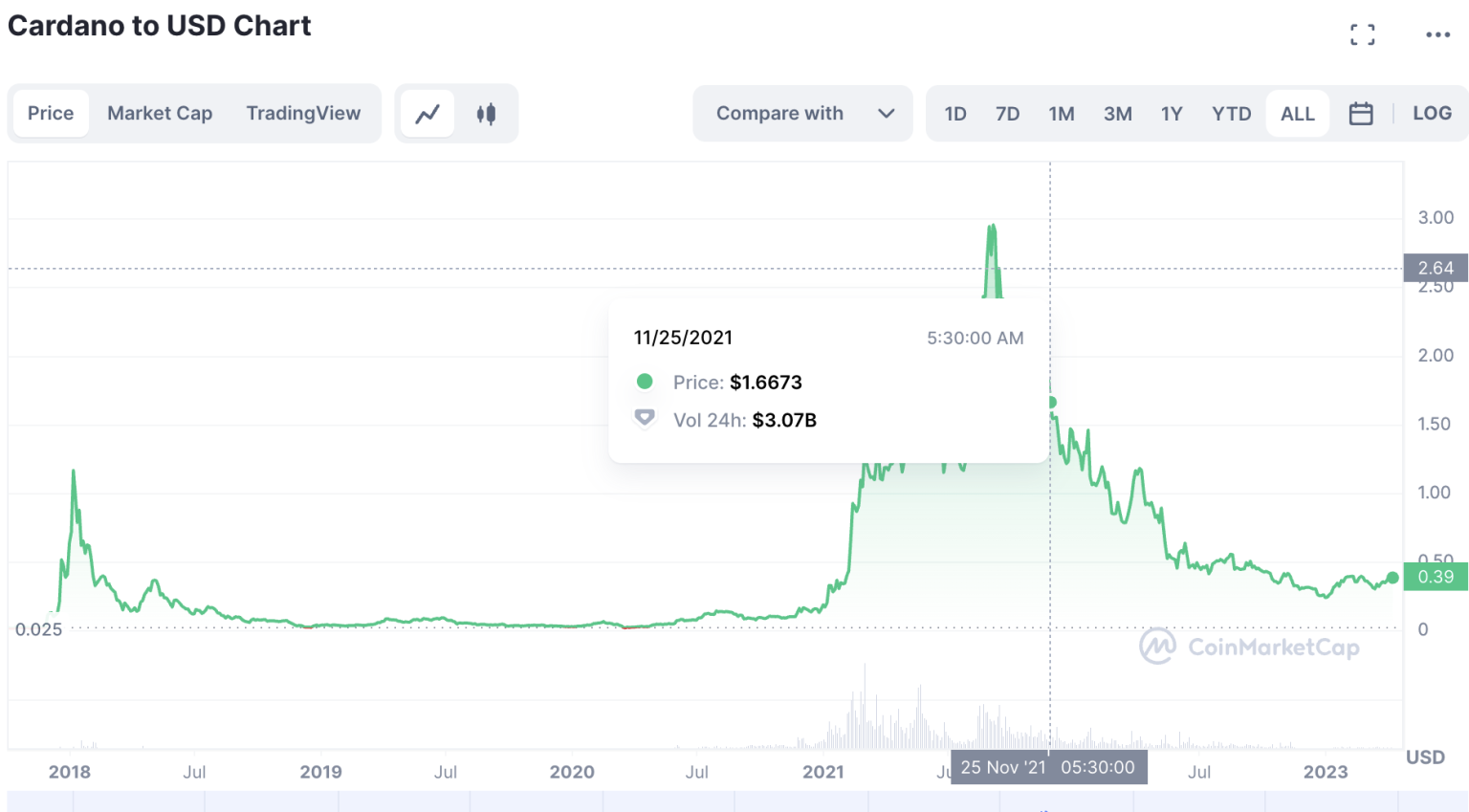

Bitcoin and Ethereum, the two largest and most widely recognized cryptocurrencies, have demonstrated their ability to remain robust even in the presence of economic uncertainty.īitcoin, often referred to as digital gold, has consistently drawn comparisons to traditional store-of-value assets like gold. The recent stability in cryptocurrency prices following the modest rise in US inflation underscores this unique characteristic. While traditional financial markets react to inflationary pressures and monetary policy changes, cryptocurrencies have often shown a tendency to chart their own course. The cryptocurrency market has long been recognized for its resilience in the face of economic turbulence. Navigating the Cryptocurrency Landscape Amid Economic Flux This decision came after a skipped rate hike in June, which was the first time the Federal Reserve had refrained from increasing rates in 18 months.Ĭurrently, traders are placing a 91% probability on the Federal Reserve maintaining rates at the upcoming meeting, with a mere 5% chance of a rate cut projected for January of the following year, according to the CME Group’s FedWatch Tool. In a notable move, the Federal Reserve raised its benchmark interest rate to a range between 5.25% and 5.5% in July, marking a high not seen in 22 years. Despite experiencing a considerable decline since June, inflation continues to hover above the Federal Reserve’s annual target of 2%. Cryptocurrencies find themselves under pressure as US Treasuries become more attractive to investors. The impact of higher interest rates extends beyond traditional financial assets and encompasses cryptocurrencies, as well as other risk assets like equities. The intention behind raising interest rates is to temper economic growth by increasing the cost of borrowing. With inflation surging to 9.1% in June, the highest annual increase since 1981, the Federal Reserve has maintained a firm stance on monetary policy adjustments. Ethereum (ETH) also showed resilience, experiencing a 1.9% gain and hovering around the $1,620 mark.Īs the Federal Reserve prepares for its upcoming interest rate announcement scheduled for September 20, the CPI report, along with other economic indicators like the US labor market and recent Personal Consumption Index (PCI) figures, will play a pivotal role in shaping monetary policy. Bitcoin (BTC) maintained a trading price of approximately $26,270, marking a modest 1.6% increase over the previous day. This uptick in August was primarily attributed to higher gasoline prices, with the index rising by 0.6% on a month-on-month basis.ĭespite this economic data, the world of cryptocurrencies appeared to shrug off any significant impact. The Bureau of Labor Statistics (BLS) reported that the Consumer Price Index (CPI) inched up by 3.7% over the year to August, slightly surpassing economists’ expectations of a 3.6% increase. In a day marked by stability in the cryptocurrency markets, the latest data on US inflation revealed a subtle uptick.


 0 kommentar(er)
0 kommentar(er)
